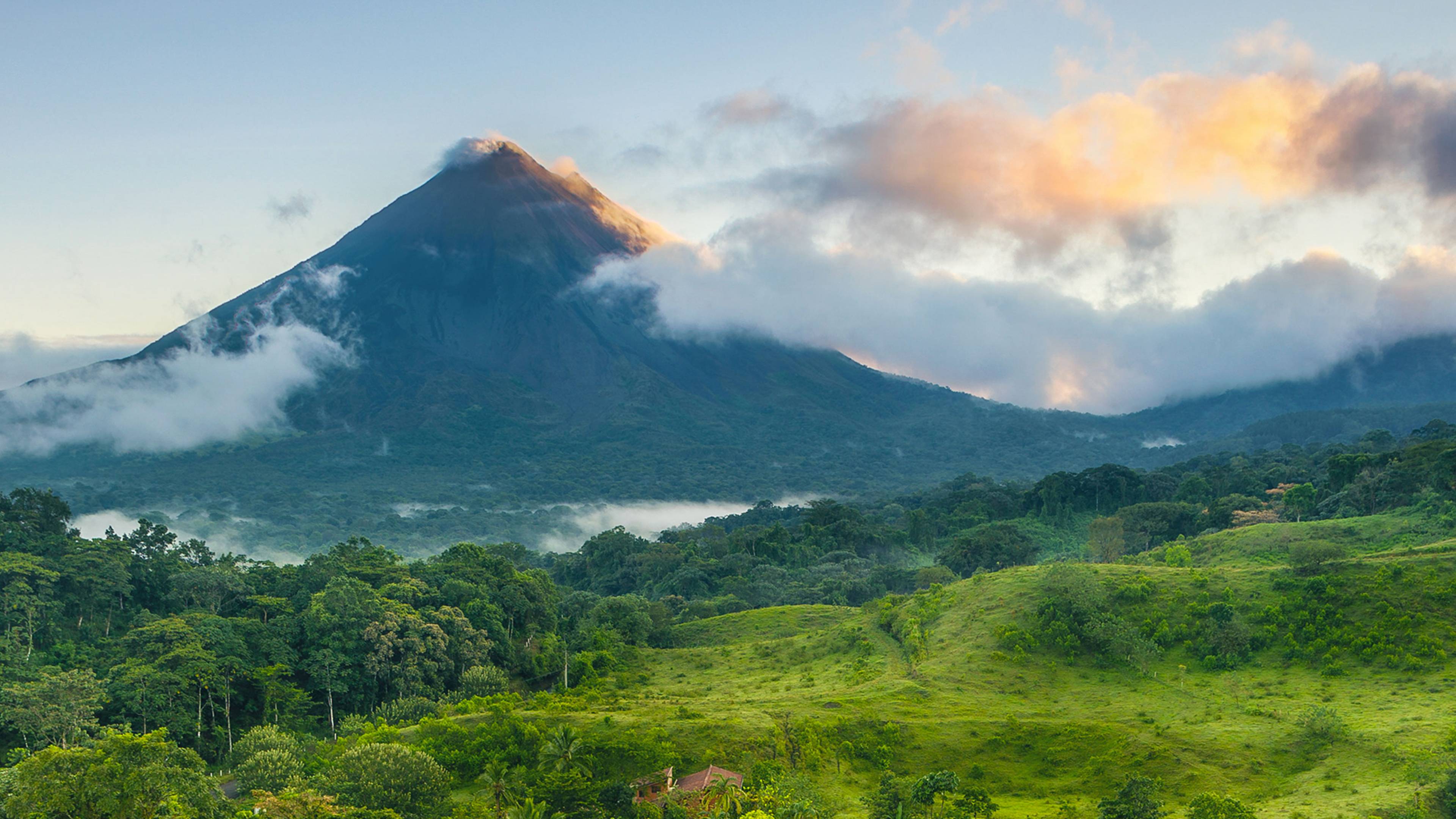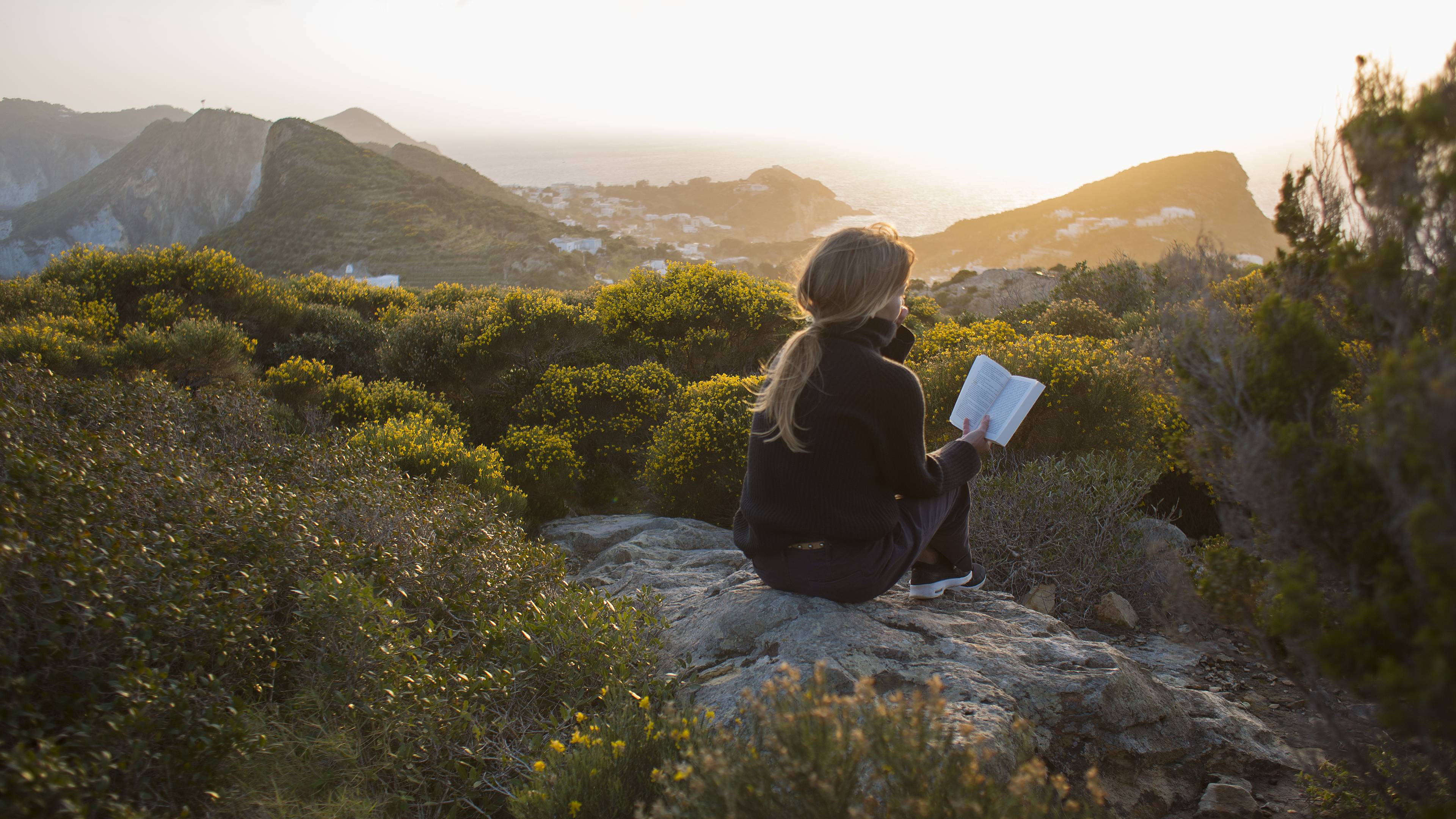

The best times to go in Costa Rica
Jan
Feb
Mar
Apr
May
Jun
Jul
Aug
Sep
Oct
Nov
Dec
The climate of Costa Rica is tropical, with the country experiencing both a dry season and a rainy season. The best time to visit Costa Rica is during the dry season, between December and April. It is noticeably hotter at the coast than in the center of the country. Coastal areas are hot, with temperatures of around 30 degrees, whereas the central area remains temperate all year round and experiences temperatures of around 17 degrees. Costa Rica is a superb country to discover and explore, consisting of mountains, forests and heavenly beaches, and with one of the most favorable climates you could wish for.
The ideal times to go in Costa Rica based on your desires
The North
Jan
Feb
Mar
Apr
May
Jun
Jul
Aug
Sep
Oct
Nov
Dec
In the north of the country there are banana, sugar cane and pineapple plantations to visit. With its particularly well-preserved environment, fans of ecotourism will especially enjoy this region. Parakeet watching and kayaking on the Rio Sarapiqui are two of the activities to enjoy. As you descend the San Juan River, you'll be able to enjoy the sight of caimans and sloths on its banks, and you won't want to miss seeing the ruins at the Sarapiqui Neotropical Center. If you intend to visit this part of the country, try to go in the dry season, between December and April.
San José, the Central Valley and the Pacific coast
Jan
Feb
Mar
Apr
May
Jun
Jul
Aug
Sep
Oct
Nov
Dec
San José and the Central Valley region enjoy a climate of "eternal springtime": the average annual temperature is 20 degrees, making this a very pleasant area to visit. Avoid the rainy season, which extends from May to November, and instead visit during the dry season, when you'll be able to enjoy fine weather. You will love Costa Rica's capital and its museums and delicious restaurants. There is also the Central Valley area to discover, a region consisting of volcanoes and small villages and serving as the economic heart of the country. This is also were the famous La Paz Waterfall is to be found. The central Pacific coast area will astonish you with its biodiversity, and you won't be able to help but admire the magnificence of its landscapes.
Surfing trip
Jan
Feb
Mar
Apr
May
Jun
Jul
Aug
Sep
Oct
Nov
Dec
If you are visiting Costa Rica to go surfing, then this is one occasion on which you should go in the rainy season rather than the dry season. The waves to be found there are quite simply perfect for surfing, and this is even more true during the rainy season. You'll especially enjoy it at the beaches of Dominical and Pavones. Playa Samara is ideal for beginners, whereas experienced surfers can take on the challenge of Salsa Brava.
Visiting Costa Rica's beaches
Jan
Feb
Mar
Apr
May
Jun
Jul
Aug
Sep
Oct
Nov
Dec
Costa Rica is one of the world's most renowned destinations where beaches are concerned. Bask on a white, sandy beach in Nicoya or enjoy the wonderful turquoise water at the famous Playa Manuel Antonio. Playa Grande and Playa Guiones are perfect for surfing enthusiasts, whilst Playa Negra is one of the best beaches for bathing. If you are looking to get away from civilization, head for Marion Ballena National Park. If possible, go in summer to get the benefit of the high temperatures and avoid the rains.
Cocos Island
Jan
Feb
Mar
Apr
May
Jun
Jul
Aug
Sep
Oct
Nov
Dec
Cocos Island lies out in the Pacific Ocean and is an area protected by UNESCO as a marine and terrestrial conservation area. The island is a veritable paradise for divers, with different types of sharks to see as well as tuna, turtles, manta rays, etc. People dive around the island to see the fish and animals and not for the corals, and the activity is only recommended for those with sufficient experience. Because it's a hot place in general, you can visit Cocos Island all year round, though tropical rain can suddenly appear without warning – it's a question of luck therefore!
The South and the Osa Peninsula
Jan
Feb
Mar
Apr
May
Jun
Jul
Aug
Sep
Oct
Nov
Dec
This is without doubt the best preserved part of the country and is the location of the Corcovado National Park, a protected area containing conserved rainforest. There are monkeys and even tapirs to be seen in this absolutely magnificent tropical region. If possible, go in the dry season in order to enjoy the beaches and the explore the area via its many tracks and trails in perfect weather conditions. Fans of peace and tranquility hoping to get away from the main tourist spots will be delighted by the south of Costa Rica and the Osa Peninsula.
The Caribbean Coast
Jan
Feb
Mar
Apr
May
Jun
Jul
Aug
Sep
Oct
Nov
Dec
Costa Rica's Caribbean Coast is a humid area all year round, so visit in the dry season if possible. Warning: temperatures are always very hot in this part of the country. A trip through the coastal forest will introduce you to the culture of this wild, untamed region. The sea along Costa Rica's Caribbean Coast is quite rough and makes the area a top destination for surfers. It is less suitable for bathing however: visitors here instead go to see the turtles or watch the exotically colored local birds.
The Nicoya Peninsula and the Pacific North
Jan
Feb
Mar
Apr
May
Jun
Jul
Aug
Sep
Oct
Nov
Dec
The Nicoya Peninsula is nothing less than a replica of paradise itself, with its superb jungle, tropical beaches and wild, untamed nature. You will absolutely love Nicoya's beaches, and you're bound to want to to observe the spectacle of the turtles laying their eggs on the beach. You can visit this part of the country at any time of year. You will avoid the rains if you explore this region in the dry season, but be warned: this is the hottest region of the country. It is also the driest region, so you can visit during the rainy season without the risk of experiencing too much rain, if luck is on your side. Surfers, by contrast, tend to specifically come here in the rainy season: the swell makes conditions perfect for surfing.



